|
Posted by Chris Thomson I get asked all the time about how I transport all my gear around Australia for my shoots, and I’ll tell you now, it can be quite hard (and nerve-racking) at times. I’ve always got that thought in the back of my mind, “what if my bag goes missing?” or “will my camera be ok with those baggage handlers?” Whenever I have to travel on a plane to get to a shoot, I always make sure of these few things; Pack Smart!
Often, you’ll have a number of cases with all sorts of gear that is worth a pretty penny, so you’ll want to make sure it arrives in one piece. So, for starters, invest in a good quality hard case. Something like a Pelican case is perfect as they are lockable, waterproof, strong and shatterproof. You then need cushioning, and this is where it can get hard. Unless you have bought a pre-designed and cut foam insert for your setup, you’re going to need to protect your case from those thoughtless baggage handlers who couldn’t care less what’s in it. You can get large foam sheets from the hardware store or a foam specialist, trace and cut out the foam with a jigsaw or hot wire cutter and then layer each piece of foam on top of one another with an adhesive. This is a budget option, but it works. You could also get pluc-a-part foam to create your own compartments or get one custom designed, but this’ll cost a fair bit. If you can afford to, separate each item with foam - this just adds that extra layer of protection. You may spend a couple of hundred dollars on just fitting it out, but peace of mind is worth so much more. Batteries Oh, how airports love batteries (not!). If you’re like me, you have more batteries for cameras and devices than I do fingers and toes. Drones, cameras, lights, external recorders, audio recorders and microphones all have batteries that airport security will want to have a look at. My tip here, is be prepared. You are allowed to have batteries inside devices in checked baggage, as long as the power switch is protected, so you can get rid of some from your carry-on bag on this way. But as for all the spares, I tape all the terminals in bright electrical tape and place them in zip lock bags. Save time as well by knowing what the Watt Hour figure is on them too as they look for this. It’s also worth noting that with the recent increase in airport security, you also now must take them all out to be scanned separately like you would for a laptop so keep them all in the one easily accessible place in your carry-on. Setup If you have Sony FS5 like me, you can dismantle and reassemble the whole setup pretty easily, but for larger setups, it can take some time. So, if you can afford to, get a case that allows you to have your camera fully setup in the case, so when the time comes to push record, you don’t have to spend hours setting up the camera. Insurance Probably the most important thing to have when travelling, or even just on any job. You’ve spent a heap of money on all this new gear and the last thing you want is to try and battle with airlines to replace broken gear; trust me, I’ve had to do it before. Peace of mind to know that you’re financially secure is paramount. Now what if your bag gets lost on the way to a job? Well then you could end up losing that job. So, I always take my B Camera either in my carry-on, or packed in a separate bag, that way you can at least get some footage, whether it’s b-roll or scenes you can shoot single cam, whilst the airline locates your prized goods. Travelling is a large part of this job, and sometimes you will be restricted to what you can take, which can be frustrating. But just remember, we do this because we love it! And if we get to see some amazing places and meet amazing people along the way, it’s all worth it!
0 Comments
Leave a Reply. |
BLOG AUTHORS:Chris ThomsonProducer, videographer, editor - Motion Factory's Director of Photography has a huge passion for film making. Travis james annabelFilmmaking has been a passion of Trav's for as long as he can remember. Archives
February 2018
Categories |
© 2016 Motion Factory Pty Ltd, all rights reserved.
ACN: 614 962 113 | Email: [email protected].
Privacy Policy | Terms & Conditions
ACN: 614 962 113 | Email: [email protected].
Privacy Policy | Terms & Conditions

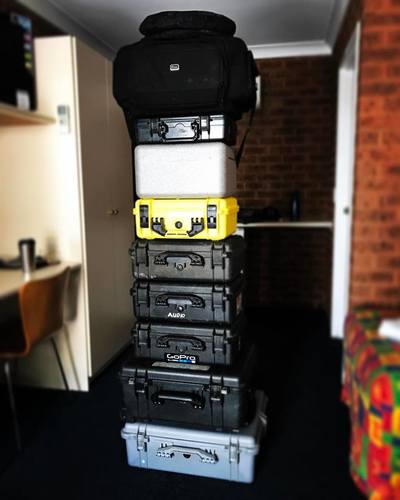
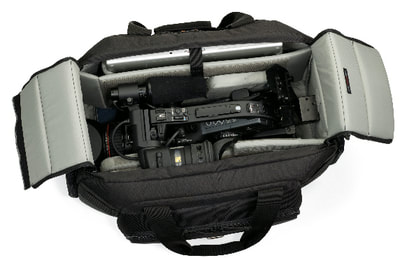
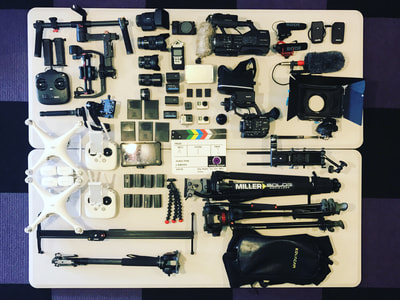
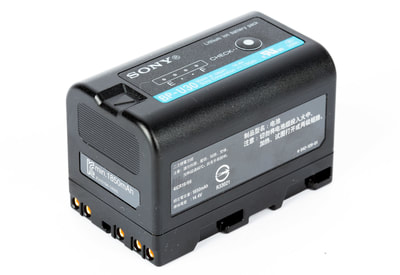
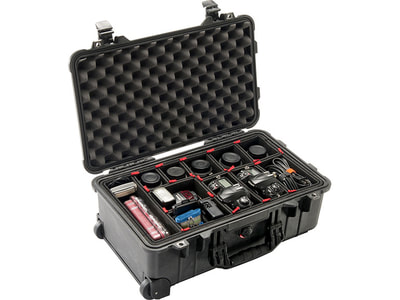
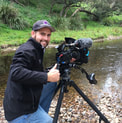

 RSS Feed
RSS Feed